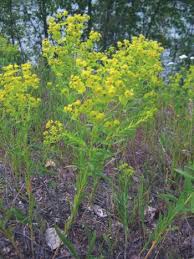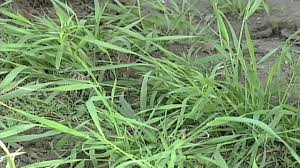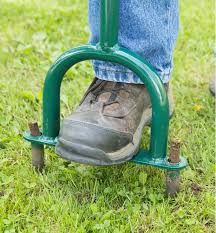Water Regulating Garden Bed
Water Regulating Garden Bed – They are also referred to as self-watering beds. But, this is misleading. They are self regulating. They will only fill so much before draining. However, they do still require water input. The result of the water being stored under the soil, is less water wastage due to evaporation. The plant roots are also being drawn deeper into the soil. This action will make them stronger and more drought tolerant.
Usually raised garden beds, wicking beds are simply a style of garden bed. They use a method of gardening where the garden bed has its own reservoir of water under the soil. This is achieved by placing a waterproof barrier in the frame of the bed. Then filling it with material that promotes the soils natural tendency to wick moisture up.

A wicking bed primarily consists of 3 layers. The container (usually a raised garden bed, but not necessary), the reservoir and the planting/wicking material. The main container could be anything from a small potter to a large field. Literally, anything sturdy that will hold water.

Water Regulating Garden Bed – Enhanced Raised Garden Beds
The basic idea is that the water “wicks”. The water is pulled up from below into the empty pore spaces in the planting soil. This is known as capillary action. The difference in pressure in the soil allows the water to raise. A good illustration of this is a river bank. Look at the soil. You will notice it wet about a foot above the water level of the river. That’s wicking in action.


The reservoirs are the same as rain barrels in principle. From the overflow, the water can go into another bed. They can be plumbed together on the same grade, though the piping may get in the way of access. Therefore, it is much simpler design have the water flow down hill from one bed to the next.
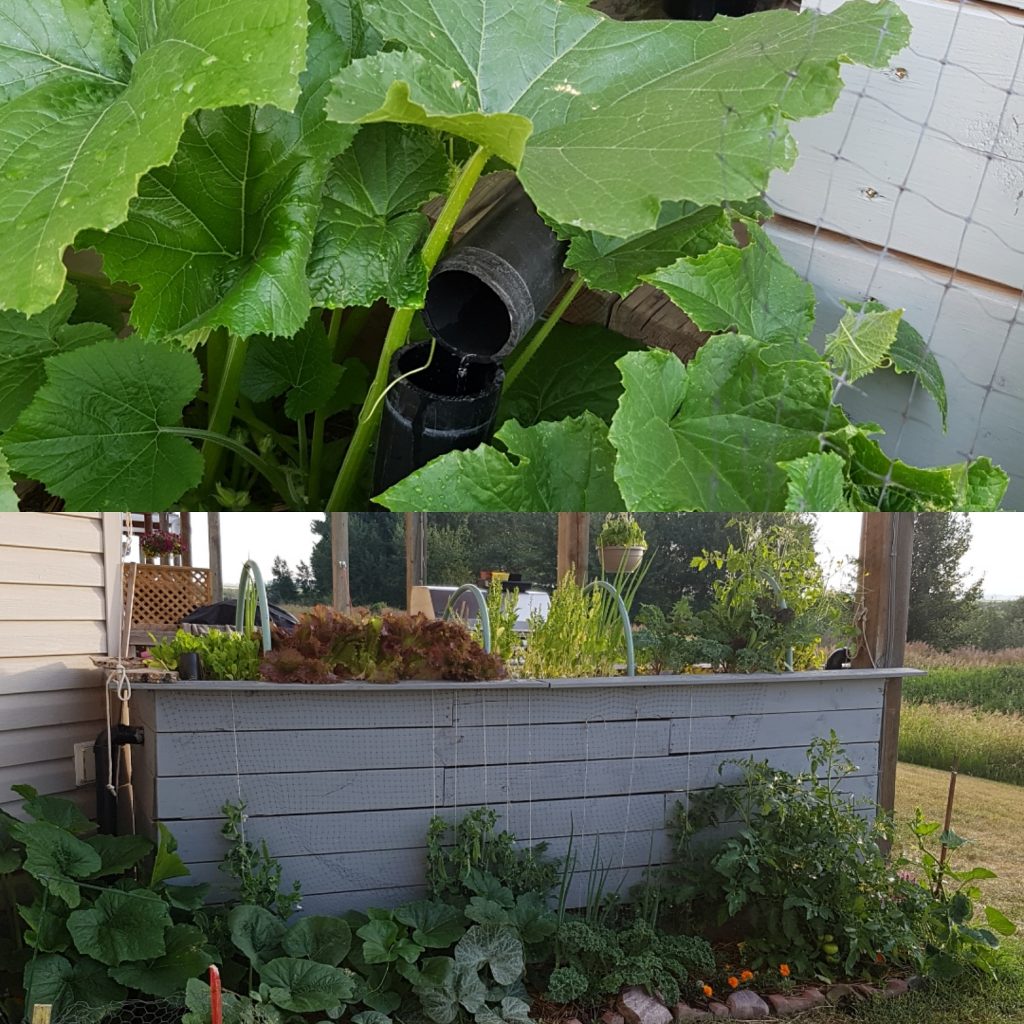
To store and use as much rainwater as possible, before it leaves your property is the target.

Once you decide which container you want to use, filling it up is what makes it a “wicking bed”. What I do, is keep everything within 2 feet. That is 1 foot for the reservoir material, and 1 foot for the growing material. Most vegetables and annuals that like moist soil, will do just fine in 1 foot of beautiful soil. Especially when it is kept just at the moisture level they like.

Water Regulating Garden Bed – Some things to remember.
1. You want to keep the roots of plants, especially any perennials, out of any pipe installed or they will eventually clog it.
2. Water will only wick up so high, and not all soil materials wick the same.
3. Plant roots can only sense the water so far. If there is a space between how far up the water will wick and how far down your sprouts’ roots can “smell”, then things won’t work.
4. As the growing material absorbs the water, the soil level will go down. Have extra handy for a top-up before planting.
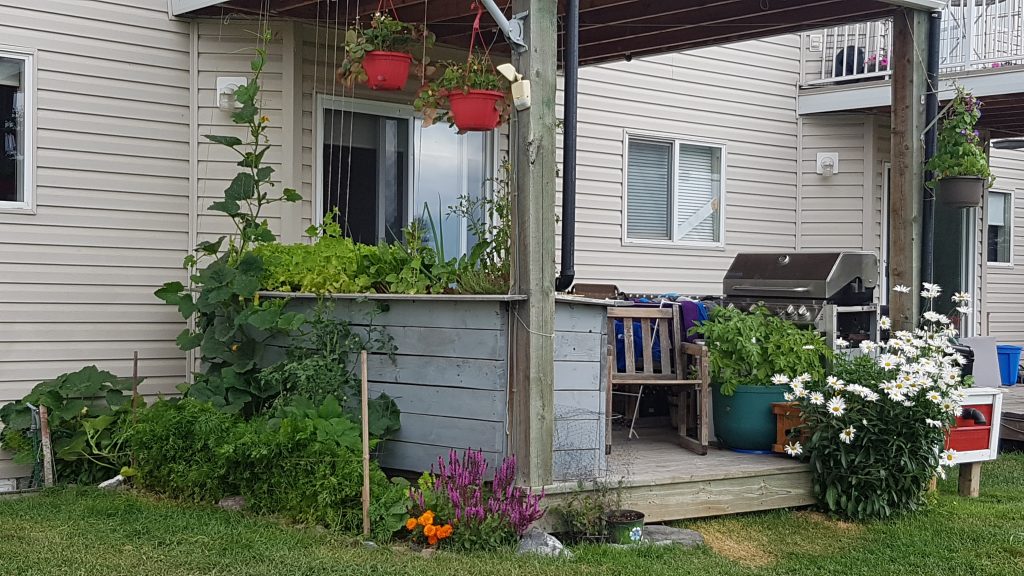
Check out the Wicking Bed pages for more information, descriptions, walk through a build, and then, see it all in action.









